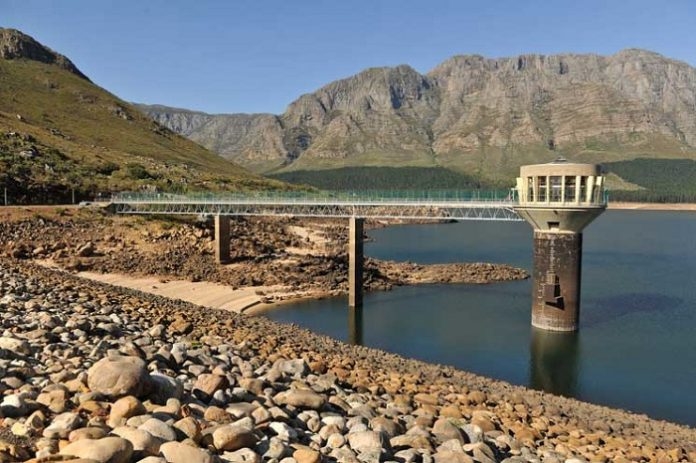

Cabinet this week approved the Gazetting of the Renewable Energy Development Zones (REDZs), which it claimed would help streamline regulatory processes surrounding the development of renewables projects, while also directing transmission infrastructure investment.
Cabinet described the REDZs as specific geographic areas where wind and solar photovoltaic (PV) projects would be incentivised and where “deep grid expansion” would be directed.
The announcement followed four competitive bid windows under government’s Renewable Energy Independent Power Producer Procurement Programme, which had resulted in the procurement of nearly 7 000 MW of renewables capacity across 92 projects.
The programme had resulted in investments or investment commitments of R193-billion since the conclusion of the first bid window in November 2011.
In addition, tariffs associated with wind and solar PV projects had fallen materially. However, with every successive bidding round, it had become increasingly difficult to secure grid-connection capacity and grid quotations from Eskom, which operates South Africa transmission infrastructure.
The limitation had already led to delays in the finalisation of the most recent bid windows.
Eskom confirmed, however, that a Strategic Grid Plan was being developed in parallel to the identification of REDZs in a bid to align grid development more closely with solar and wind energy resource locations.
The five corridors, each 100 km wide and traversing the entire country, had been identified. The corridors also reportedly take account of expected changes to South Africa’s electricity generation mix, which is currently dominated by coal-fired power stations located in the north-eastern regions of the country.
“These REDZs will ensure a transition to a low-carbon economy, accelerate infrastructure development, and contribute to a more coherent and predictable regulatory framework that reduces bureaucracy related to the cost of compliance,” Cabinet said in a statement.





